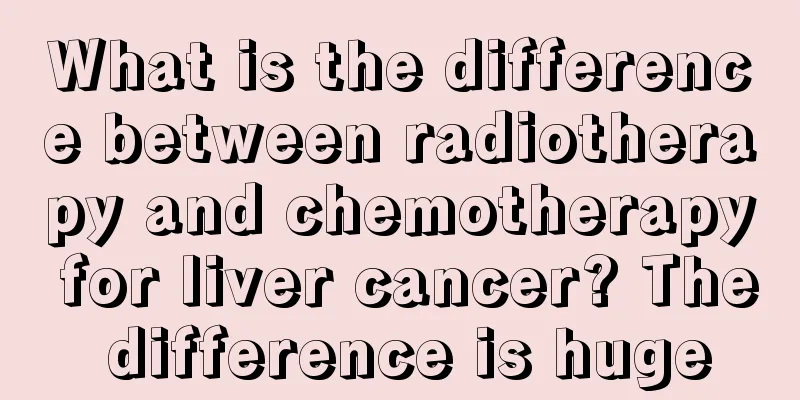What are the symptoms of oral disease? Be careful if this happens!

|
Oral disease is a common clinical disease and also a frequently occurring disease. Common symptoms of oral diseases such as dry mouth and bad breath are not independent diseases in themselves, but they are symptoms or signs of disease manifestations. You can learn about preventive health care knowledge for such problems. 1. Dental plaque: Dental plaque is a colorless, sticky film of bacteria that often forms on the surface of teeth. Depending on the type of dental plaque, there are the following types of symptoms: 1. Supragingival plaque: It is located on the tooth surface above the gingival margin and is mainly composed of Gram-positive cocci and bacilli. As the plaque grows, the number of Gram-positive cocci, bacilli and filamentous fungi gradually increases. 2. Subgingival plaque: Located under the gums and covered by the gums, it contains a variety of bacteria, with many filamentous bacteria and spirochetes on the surface. 3. Smooth surface plaque: located on the smooth surface of the teeth, containing Gram-positive cocci and filamentous bacteria. 4. Groove and fissure plaque: Located in the grooves and fissures of the tooth surface, it mainly contains cocci and bacilli, as well as filamentous bacteria. 2. Oral cancer: 1. Lumps and nodules appear; 2. White, smooth, scaly patches appear; 3. Those who have symptoms such as red plaques, ulcers, and inflammation areas that cannot be cured for a long time; 4. Repeated bleeding in the mouth without obvious cause; 5. Numbness, burning or dryness in the mouth without obvious cause; 6. Difficulty or abnormality in speaking or swallowing. 3. Periodontal disease: 1. Physical stimulation can cause gums to bleed easily. 2. The gums in the affected area are congested and edematous. In patients with periodontitis, periodontal pockets may be detected and the teeth are loose to varying degrees. 3. X-rays show that the alveolar bone of patients with periodontitis is absorbed to varying degrees, while there is no alveolar bone absorption in patients with gingivitis. Clinical manifestations: 1. The main manifestations of gingivitis are that the gums and gingival papillae become round and shiny, the stippling disappears, the gingiva is soft and fragile, lacks elasticity, the gums bleed easily when probed, and there is local plaque or tartar. 2. In addition to the symptoms of gingivitis, periodontitis also causes the formation of periodontal pockets, with pus overflowing from the pockets. The teeth become loose to varying degrees, and X-rays show varying degrees of alveolar bone absorption. |
<<: What are the types of brainstem tumors?
>>: What's going on when my feet feel numb
Recommend
What are the early symptoms of colorectal cancer
Many people in life have experienced such symptom...
Can malignant cervical cancer be cured?
Can cervical cancer be cured? Generally speaking,...
Can people keep their bodies from aging?
Aging is a stage that everyone will experience in...
What are the early symptoms of lung cancer? These 4 common clinical manifestations of early lung cancer
Lung cancer is very harmful. Therefore, in order ...
The first symptoms of breast cancer usually include breast lumps
The first symptom of breast cancer is usually a b...
What are the different styles of dressing?
Now is an era of pursuit of beauty. There are man...
Is melanoma a genetic disease?
Is melanoma a genetic disease? Melanoma may also ...
Will having too many abortions lead to uterine cancer?
Clinically, many women suffer from cervical cance...
How to take care of curly hair
As hair grows longer, the ends of the hair become...
How is body fat formed?
The accumulation of fat in the body will cause ob...
What are the symptoms of early rectal cancer?
Rectal cancer refers to the cancer between the de...
What to do if I don't absorb the water and urinate frequently
Water is an important component in the human body...
What are the symptoms of fibroids
What are the symptoms of fibroids? Tumors are in ...
Experts say: Don't ignore the early symptoms of bone cancer
The pain caused by bone cancer is not something t...
The benefits of eating honey in summer
Honey has high nutritional value and contains man...









